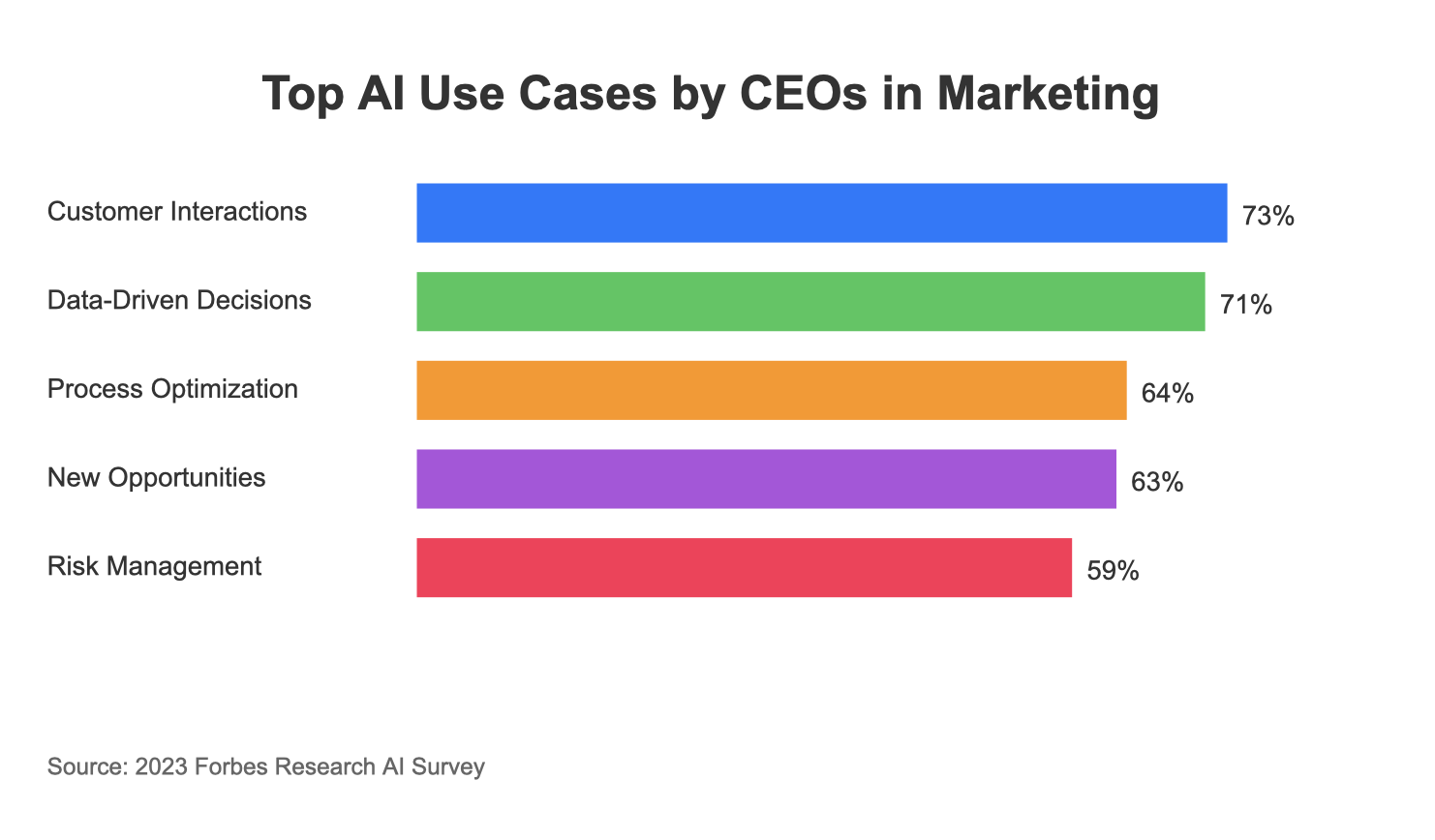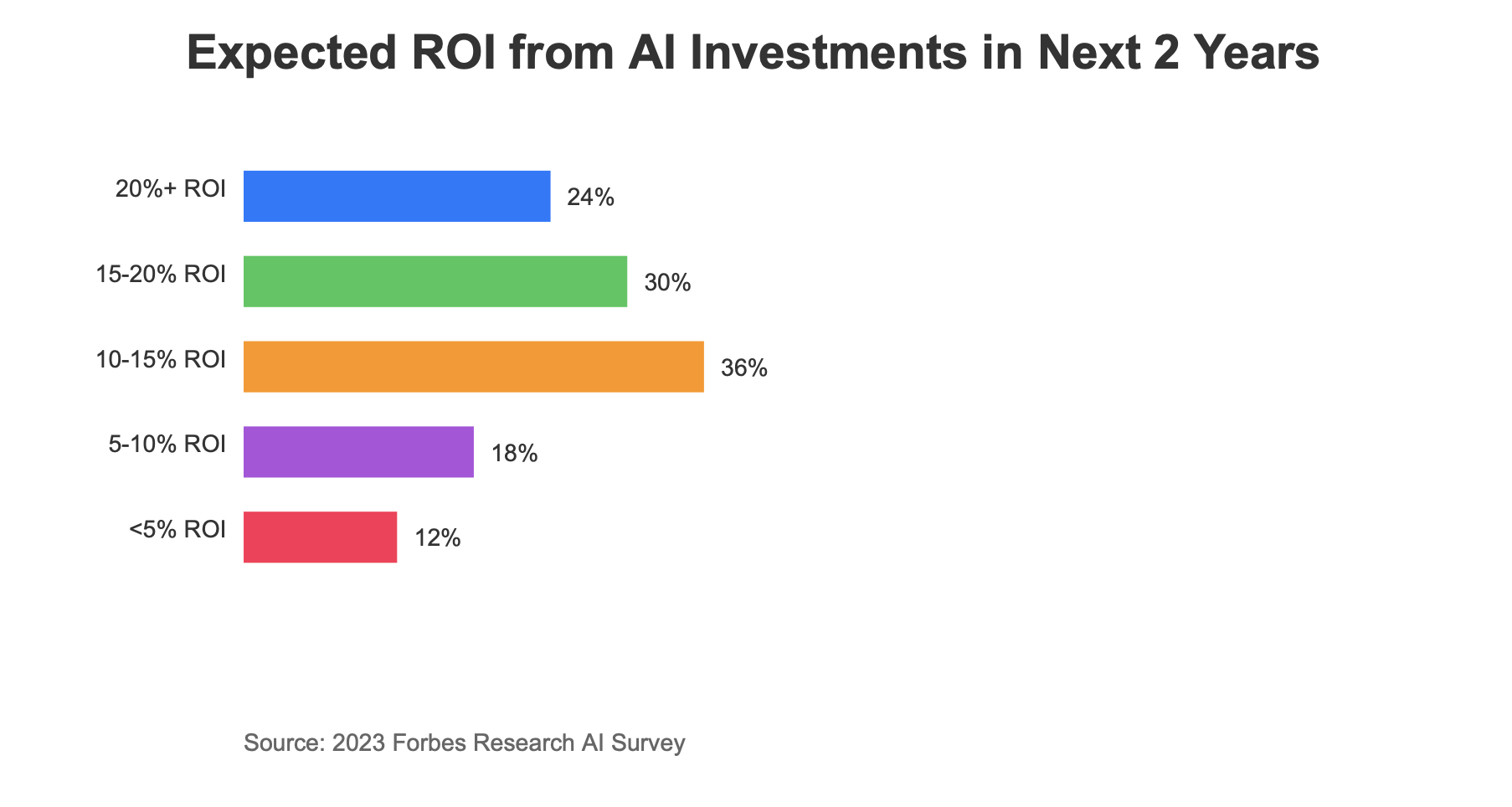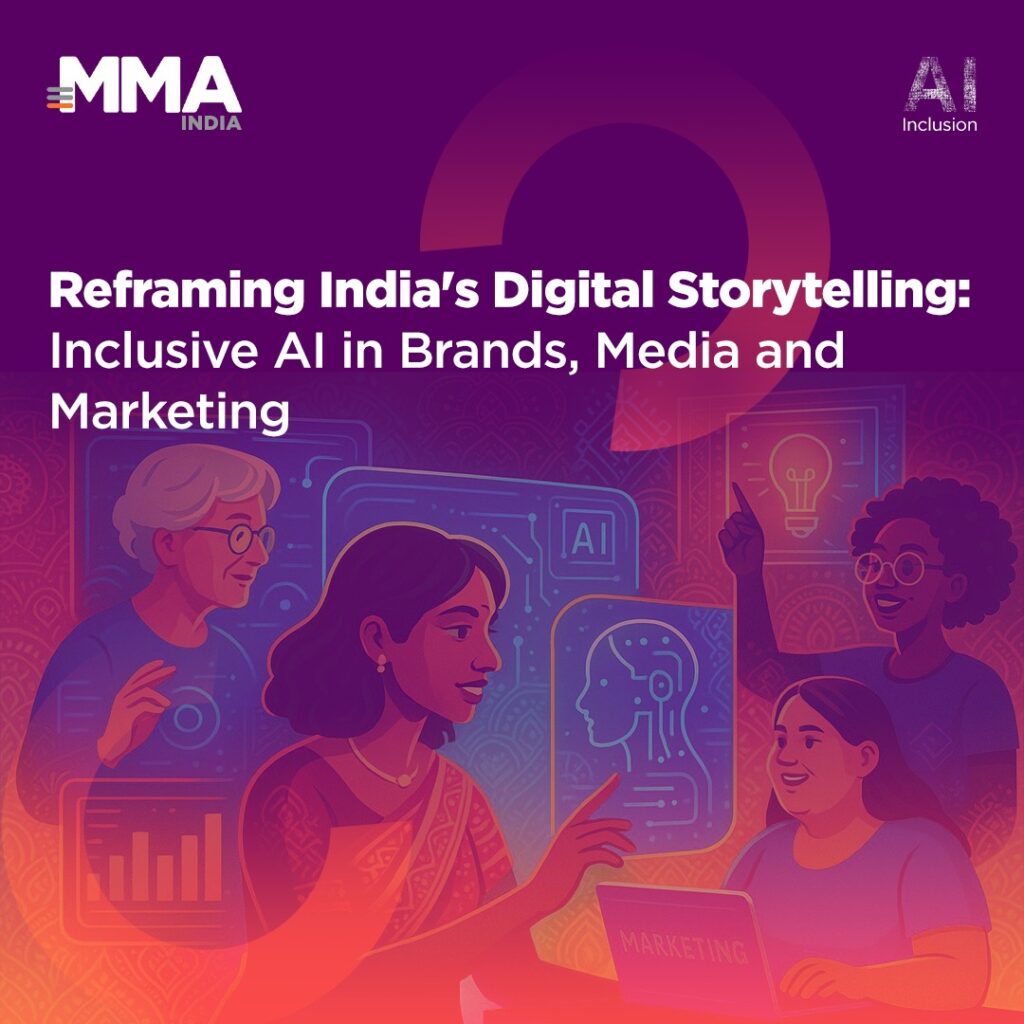In the rapidly evolving landscape of marketing, a new dream team is emerging: the partnership between human creativity and artificial intelligence. This collaboration is not just changing how we work; it’s redefining what’s possible in marketing.
The Evolution of Marketing: From Manual to AI-Powered
Picture this:
A bustling advertising agency, 1990. The air, thick with creativity and marker pen fumes. Junior creatives hunched over desks, crafting storyboards for big-budget TV commercials. A team of seven people work in concert – drawing, coloring, setting type, cutting, and pasting on boards, meticulously preparing for the big presentation.
Fast forward to 2024. In a sleek meeting room, an agency CEO presents their latest campaign to a diverse team. With a tablet tap, they unveil a fully AI-generated commercial for a global smartphone brand.
“This 60-second spot,” the CEO explains, “was created entirely through text-to-video artificial intelligence (AI). It cut production costs by 99% and freed our team to focus purely on strategic ideation.”
The room watches in awe as a cinematic ad unfolds, showcasing stunning visuals and compelling storytelling that perfectly embodies the brand.
This journey mirrors the marketing industry’s transformation—from manual to digital, and now to AI-powered. It’s a tale of adaptation and innovation, where human creativity is amplified by technology.
“We’re no longer just ad makers,” the CEO concludes. “We’re idea architects, with AI as our ultimate tool. This isn’t evolution; it’s a creative revolution.”

Chart I: AI Adoption in Marketing Function, Forbes Research AI Survey, 2023
As we explore the current state of artificial intelligence (AI) in marketing, we will see how this partnership between human ingenuity and artificial intelligence is reshaping the industry, creating a dream team that’s more than the sum of its parts.
The Chart I is based on research conducted by Forbes on how AI will impact various functions in marketing and advertising, and how much of that impact can be measured. For example, functions focused primarily on optimization will be most affected, compared to those requiring skilled interpretation.
AI & Human Collaboration: The Dream Team
In the rapidly evolving landscape of marketing, the partnership between artificial intelligence and human creativity is proving to be an unbeatable combination. This collaboration is not about replacing human marketers, but about enhancing their capabilities and allowing them to focus on what they do best. Deliver results!
Arthur Sadoun, Chairman and CEO of Publicis Groupe, emphasizes[1] this point:
“AI is not something that is new for us. When you look back, we took AI very seriously and pretty early. The truth is thanks to Marcel but also thanks to Sapient and Epsilon at Publicis, we’ve been putting AI at the core of our model for some time now.”
This sentiment is echoed by other industry leaders. As Marian Croak, VP of Engineering at Google and Webby Judge, notes:[2]
“AI can best serve us in the future by acting as a trusted collaborator that can help unlock creativity, boost our productivity, and help guide us to understand the world around us in a more nuanced way.”
The benefits of this collaboration are clear:
- Enhanced Efficiency: AI handles repetitive tasks, freeing up human marketers for strategic thinking.
- Data-Driven Creativity: AI provides insights that spark new creative ideas.
- Personalization at Scale: AI enables hyper-personalized marketing campaigns.
- Predictive Analytics: AI helps forecast trends, allowing marketers to stay ahead of the curve.
- Continuous Learning: Both AI and humans learn from each other, constantly improving outcomes.
AI-Powered Marketing Ecosystem: Connecting the Dots
The true power of AI in marketing lies not just in individual tools, but in creating an interconnected ecosystem that enhances every aspect of the marketing process. In this AI-powered ecosystem:
- Data flows seamlessly between different marketing channels, providing a holistic view of customer behavior.
- AI algorithms analyze this data in real-time, offering actionable insights for marketers.
- Personalization becomes possible at an unprecedented scale, with AI tailoring messages to individual preferences across multiple touchpoints.
- Predictive models help marketers anticipate trends and consumer needs, allowing for proactive strategy development.
Unleashing Creative Superpowers
While AI excels at data analysis and pattern recognition, human creativity remains irreplaceable in marketing. However, AI is proving to be an invaluable tool in enhancing and amplifying human creativity.

Fig. I: AI Integration in the Creative Process, Publicis Groupe Creative AI Initiative, 2024
AI-powered creative tools are at the forefront of this revolution, unleashing creative superpowers in ways we never imagined (See Fig. I).
Ravi Shanker, Chief Creative Officer at Publicis Indonesia, emphasizes this transformation:
“A year ago, our visuals were constrained by software skills. Today, they’re limited only by imagination. At Publicis Indonesia, we’ve created a dream team of human creativity and AI power. With Midjourney and other Generative AI tools, we’re transforming text into stunning images and videos at the speed of imagination. This isn’t just about generating visuals; it’s about bringing imagination to life instantly. The future of creativity isn’t human vs. AI; it’s our ideas amplified by AI, redefining the boundaries of marketing in real-time.”
The result is not a replacement of human creativity, but a supercharging of it. Marketers are freed from mundane tasks and equipped with insights that spark new ideas, allowing them to focus on strategic thinking and innovative concept development.
The Future of AI & Human Collaboration in Marketing
As we look into the future, it’s clear that the partnership between AI and human marketers will only grow stronger and more sophisticated.

Chart II: Top AI Use Cases by CEO in Marketing, Forbes Research AI Survey, 2023
Emerging trends in AI marketing technologies include:
- Emotional AI: Understanding and responding to consumer emotions in real-time.
- Voice and Visual Search Optimization: Adapting marketing strategies for voice-activated devices and image recognition technologies.
- Augmented and Virtual Reality Marketing: Creating immersive brand experiences powered by AI.
- Predictive Customer Journey Mapping: Using AI to anticipate and shape the customer’s path to purchase.
However, as AI becomes more prevalent in marketing, it’s crucial to consider the consumer perspective (See Chart III).

Chart III: Consumer Sentiment Towards AI in Marketing, YouGov Consumer AI Sentiment Survey, 2024
As AI continues to reshape the marketing landscape, organizations are increasingly recognizing its potential for significant returns on investment (See Chart IV).

Chart IV: Expected ROI from AI Investment in Next 2 Years, Forbes Research AI Survey, 2023
Conclusion: Embracing the AI-Human Partnership
As we have seen through this journey from manual layouts to AI-powered campaigns, the marketing industry has come a long way. The integration of AI into marketing is not merely a technological shift; it’s a fundamental reimagining of how we approach creativity, strategy, and customer engagement.
As we stand on the brink of this new era, the challenge for marketers is clear: embrace the power of AI, but never lose sight of the human touch that gives marketing its heart and soul. The most successful marketers of tomorrow will be those who can dance seamlessly between data and emotion, technology and creativity, AI and human insight.
The journey has just begun, and the possibilities are limitless. Are you ready to join the AI-human dream team?
[1] Unveiling the future of AI at Publicis Groupe. Youtube.
[2] The Webby Awards. 2024 Webby Trend Report: The Race to Outpace. 2024.



















